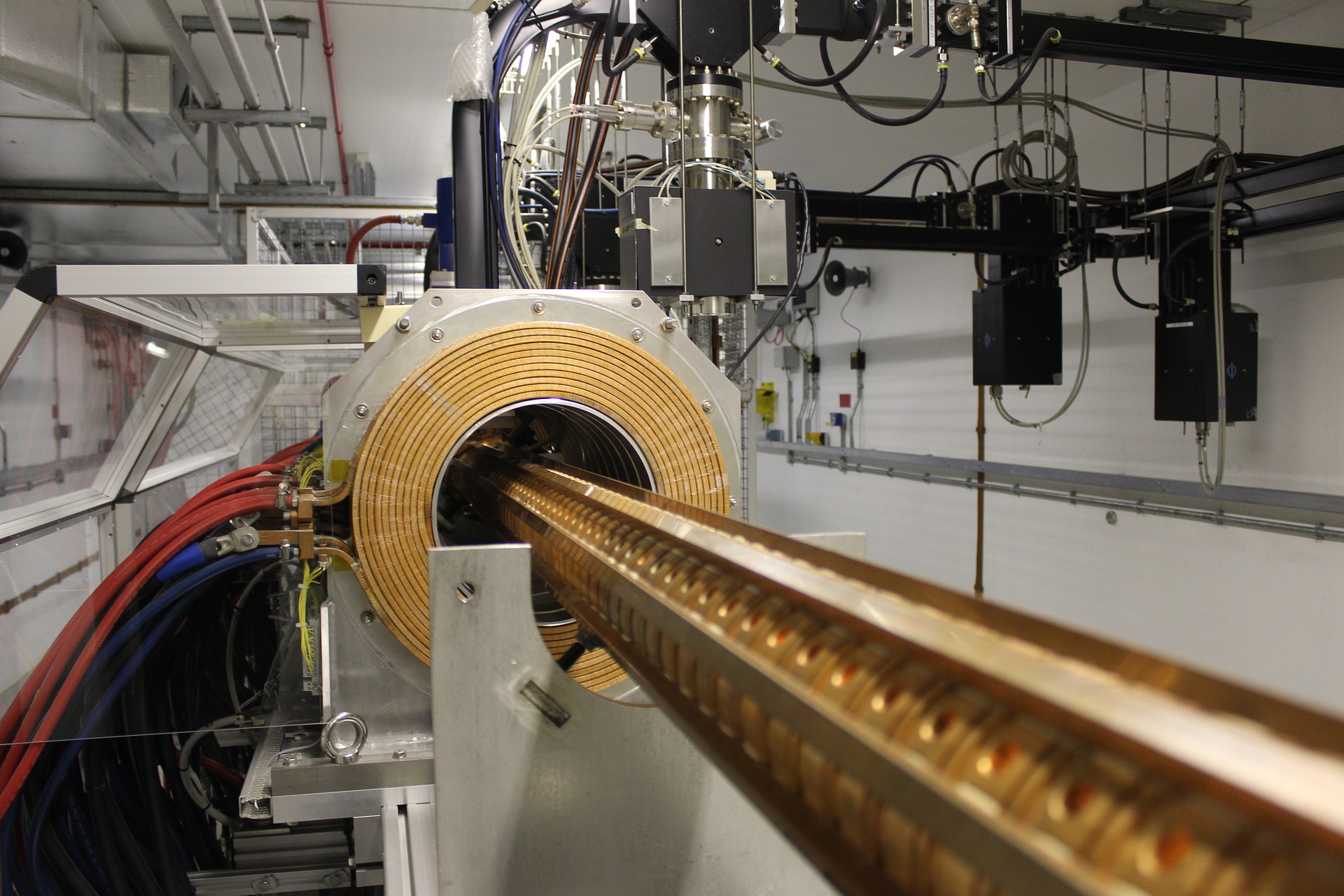High Efficiency GaN Power Amplifier Design for Particle Accelerators

Particle accelerators such as cyclotrons and linear accelerators (LINACs) are widely used as a vehicle for fundamental research in physics as well as energy R&D, medicine, industrial manufacturing and security. A particle beam composed of protons, ions or neutrons can be created by accelerating particles generated from a source using high energy electric fields.
Traditionally, particle accelerators found around the world employ the use of tube-based amplifiers including tetrodes, klystrons and traveling wave tubes (TWTs). Tube technology has proven to be robust over many decades and continues to dominate the ultra-high power market. However, they are also large, heavy, cumbersome, expensive to maintain and are potentially dangerous, requiring high-voltage kV power supplies to operate. Furthermore, considering the aging installations of tube amplifiers, replacement of these with new tubes may not be the most sensible approach for the future evolution of accelerator systems.
With the advent of high power density semiconductors like gallium-nitride (GaN), solid-state power amplifiers (SSPAs) are primed as the future replacements for mature tube amplifiers. GaN HEMT devices are experiencing rapid development in power density, efficiency and longevity and have grown in adoption since its commercial inception around 2008. Capable of reaching power densities of 12W/mm, GaN devices are seen as the next-generation solid state power technology. Presently, the efficiency of GaN HEMT is similar to that of tube amplifiers, but have the advantages of operating <100V and are relatively inexpensive to replace. Furthermore, GaN technology benefits from the cost savings and size scaling trends of the advancing semiconductor industry. This means that the price per watt will be driven lower as smaller and more efficient devices are introduced.
